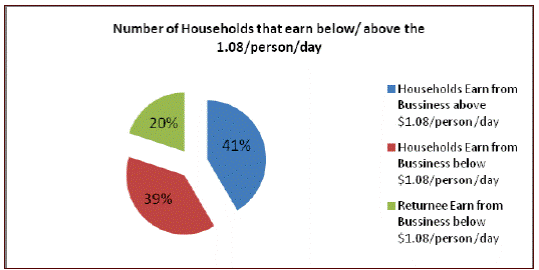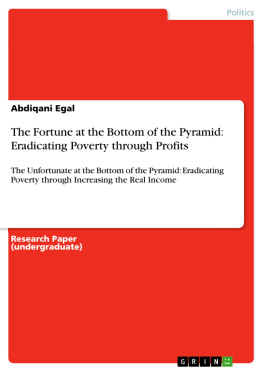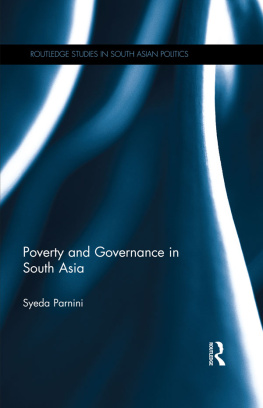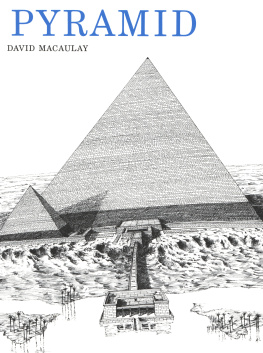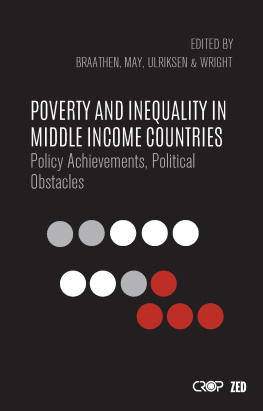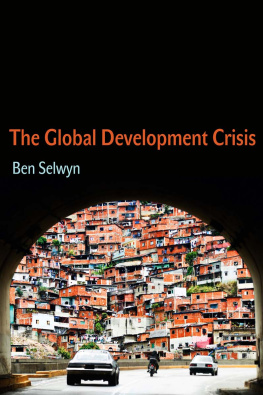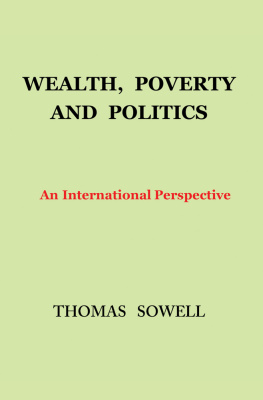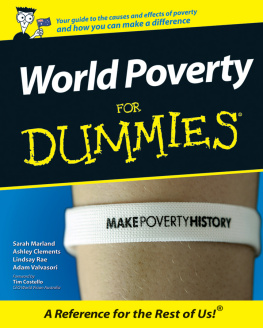Impressum: Copyright (c) 2015 GRIN Verlag / Open Publishing GmbH, alle Inhalte urheberrechtlich geschtzt. Kopieren und verbreiten nur mit Genehmigung des Verlags. Bei GRIN macht sich Ihr Wissen bezahlt! Wir verffentlichen kostenlos Ihre Haus-, Bachelor- und Masterarbeiten. Jetzt bei www.grin.com hochladen und weltweit publizieren.
ABSTRACT
The Bottom of the Pyramid (BOP) has become a dominant discourse among the business intellectuals. It created the Cognizant of the irresistible consideration of billions of global poor at the BOP on managerial practices. I tried to analyze the different aspects of BOP preposition and how large corporations can serve Poor customers profitably. I argue that there is no huge untapped market at the BoP as argued by the BoP proponents. I also argue that 75% of the BoP consumers are rural peasants, that MNCs could hardly accessible. I attest that the MNCs could not solve the hunger outgrowth of poverty and its root causes at the BOP which is not only economic issue. I argue that encouraging the consumption of luxury goods among the poor could aggravate the incidence of poverty in the world. However, I argue that poor must be viewed as producer rather than consumer. I attest that enhancing the employment and productivity of poorest communities would lead a sustainable prosperous future and betterment live for the poor. I argue that small and middle scale business enterprises could play inevitable role in the poverty elevation through increased employment of the global Poor at the BoP. I also argue that enhancing the employability of the poor at the BoP is very crucial for poverty elevation. Employability relates much with education I argue that vocational training for different sectors more viable for poverty reduction. I also argue that increasing employment alone is not enough if poverty eradication is required , then enhancing the productivity of the poor must be in focus.
Acknowledgement
This paper was impossible to me without the efforts and valuable inputs from a number of colleagues and Friends. I am hereby extending to my great acknowledgement and appreciation to the following persons with their memorial inputs that are not limited only those mentioned below :- The first and for most acknowledged is my dear tutor Cyndy Dominguez who was very helpful to me. She has injected me the familiarity of my program academic Phases and methodology of learning. Thereof I am extending my gratitude to Cyndy Dominguez. Next is my honorable adviser Dr. quintus who was faithful to me, his academic guidance, fairness and responsiveness to all of my program queries remains him as a role model, ascertaining him a commemorative plaque at deep of my heart . Finally, I would like to extend my deep heart appreciation to Ibrahim Farah and Siciid Mire Farah to their encouragement and support of this paper. All in all , the success and merits of my Masters of science in Project Management and particularly in this paper are due to your collective collaboration and efforts, that would not come to end , but I will pass to our next human generations. Again, thanks all for your collaborations AbdiQani Ahmed Egal
Table of Contents
1. INTRODUCTION
Poverty is the lack of basic human necessities such as nutrient food, water, cloths and shelter. Poverty is a condition of having insufficient resources or income.
1.1. Description
The Bop theory argues that there is much market at the bottom of the pyramid. It says the Private companies can make more profits by selling to the poor. Though of these arguments, the BOP proponents seems to have not taken in holistic approach. The geographical, social, and political disparities of the BOP will riddle the concept and make it unrealistic and fallacy. Therefore, the underlying premises of the BOP preposition will require cautious scrutiny. The query of the obtainable fortune at the bottom of the Pyramid, and if the MNCs can solve the existing root causes of poverty at the BOP will need to ensure. This essay is intended to focus on the BoP preposition, particularly C.K Prahalads (2005).The Fortune at the Bottom of the Pyramid: Eradicating the Poverty through Profits. The purpose of this essay is to answer the following two questions: is there a fortune at bottom of the pyramid? if it exists, could the MNCs easily access the BoP market and elevate the persisting roots causes of poverty? I argue that there is no huge untapped market at the BoP as argued by the BoP proponents. I also argue that 55% of the BoP consumers are rural peasants, that MNCs could hardly access to convert as consumers. I attest that the MNCs could not solve the hunger outgrowth of poverty and its root causes at the BOP which is not only economic issue. I argue that encouraging the consumption of luxury goods among the poor could aggravate the incidence of poverty in the world. However, I argue that poor must be viewed as producer rather than consumer. I attest that enhancing the employment and productivity of poorest communities would lead a sustainable prosperous future and betterment live for the poor. I argue that small and middle scale business enterprises could play inevitable role in the poverty elevation through increased employment of the global Poor at the BoP.I also argue that enhancing the employability of the poor at the BoP is very crucial for poverty elevation. Employability relates much with education I argue that vocational training for different sectors more viable for poverty reduction. I also argue that increasing employment alone is not enough if poverty eradication is required , then enhancing the productivity of the poor must be in focus.This essay has two major significances. First it has an academic significance as it will endow me the understanding of the global scale of Poverty. Again It will replicate my study in this course by combining the academic endeavors to my profession, which will ease the experiential and academic understanding of Development course as an essential part of the discipline. This essay is organized into four chapters. The first chapter is the introduction of the essay. The second is the un Fortune at the Bottom of the Pyramid. The Third chapter is the small and medium business role of self employment . It deals with the case of business dependant Hargeisa city, The fourth chapter is the conclusions and recommendation of the essay.
2. Discussions
According to (Encarta ,2008), the Poverty at its most extreme form, poverty is a lack of basic human needs, such as adequate and nutritious food, clothing, housing, clean water and health services.The $2 /person /day had already met all of his basic necessities , but I would use the latest world bank poverty line of 1.08/person/day in this essay.
2.1. The Unfortunate at the Bottom of the Pyramid
C.k. Prahalad argued in 2005 that The Multinational Corporations (MNCs) serve only at the upper end of the economic Pyramid and they ignored at the Bottom of economic Pyramid.
2.2. Poverty Elevation through Increasing the real income of the Poor
According to (Kumar, 2008) the key issue is that the BOP consumers really cannot buy more than they currently do because they have so little disposable income.
3. The Small and medium Business Role of Self Employment :
(The Case Study of Hargeisa City) General Mohamed Si,ad Barre overtook the control of Somalia in 1969. Relationship in between the new regime and people of Somaliland became hostile after the new regime break a promise on previous oath of government sharing to the northerners and disused investments in the region. From 1982 to early 1988, political chaos began in Somalia, and the Siad Barre regime had restricted on all civil movements, and threatened, even killing the opponents, particularly in the northwest (Somaliland) of the country. Therefore, as illustrated in below figure 4, almost 20% of the poor families whose earning is below $1.08 person /day are the returnees.
